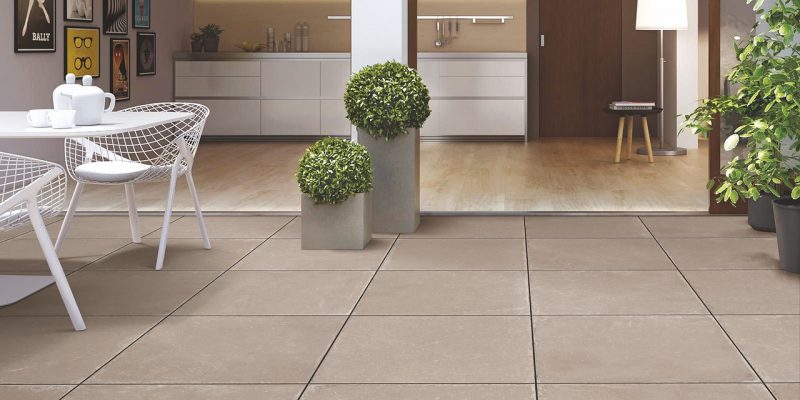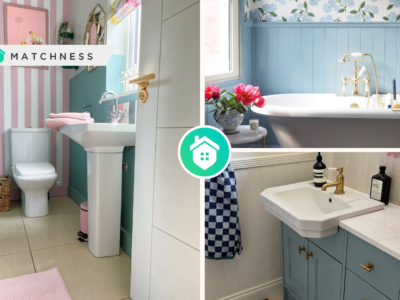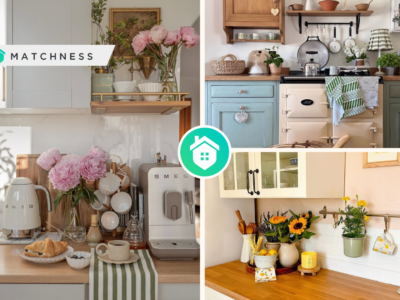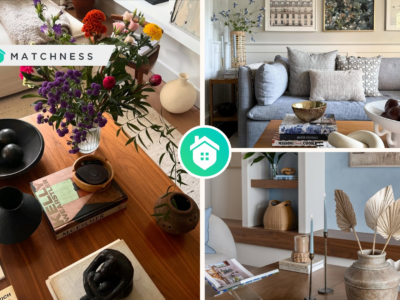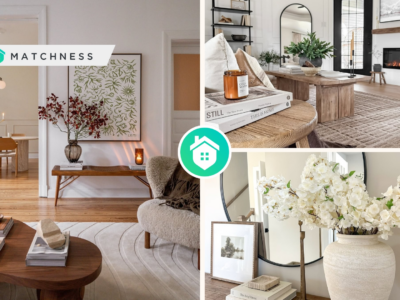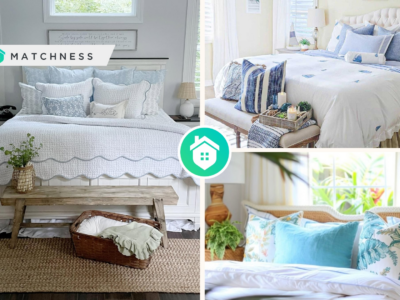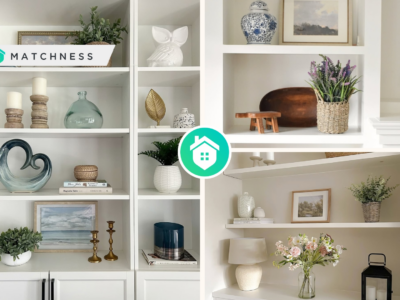Designer floor tiles have become a rising trend in interior design, offering a unique blend of personalisation and creativity. As homeowners and designers alike seek to craft distinctive spaces, these tiles provide an excellent opportunity to transform floors into captivating design elements. With endless possibilities in patterns, colours, and materials, designer floor tiles are redefining home décor, giving individuals the freedom to reflect their unique style in every inch of their living space.
The Appeal of Customisation
One of the key benefits of opting for designer floor tiles is the high level of customisation they offer. Unlike mass-produced tiles, designer options allow homeowners to choose specific patterns, colours, and finishes that perfectly align with their personal taste and the overall aesthetic of their home. Whether you prefer a minimalist, geometric look or intricate, artistic designs, customising your tiles ensures a result that is both personalised and tailored to your design vision.
Customisation also extends beyond visual appeal. The ability to select materials with specific textures or finishes means you can achieve the exact feel and functionality you need, whether it’s a slip-resistant finish for the bathroom or a sleek, polished look for the living room.
Creating Visual Impact
Floors have long been considered a backdrop for the rest of the room’s décor, but with designer tiles, they become a centrepiece of the design. A bold, well-chosen floor tile can dramatically elevate a room, adding depth and texture that draws the eye. Custom-designed tiles with intricate patterns or unique colour combinations have the power to transform a mundane space into something truly spectacular.
By choosing vibrant patterns, homeowners can create a visual focal point that anchors the room’s design. Similarly, softer, more subtle patterns can provide elegance and cohesion, allowing the tiles to complement other design elements while still adding a touch of uniqueness. Regardless of the style, custom tiles ensure the flooring is no longer overlooked but instead becomes a key part of the overall design narrative.
Popular Trends in Designer Tiles
Designer floor tiles are constantly evolving, with new trends emerging to suit both modern and traditional interiors. Currently, geometric patterns are a dominant trend, bringing a contemporary and dynamic feel to spaces. Sharp lines and repeating motifs are perfect for those who prefer a sleek, modern aesthetic.
Mixed materials are also gaining traction, combining stone, wood, and ceramic finishes to create a multi-dimensional effect. This trend is perfect for those looking to add texture and depth to their floors. Textured finishes, such as matte or tactile surfaces, are another popular choice, adding interest and a more organic feel to a room.
For traditional interiors, intricate mosaics or vintage-inspired patterns continue to be favoured, bringing timeless charm and character to spaces.
Versatility Across Spaces
Designer floor tiles are incredibly versatile and can be applied to a variety of rooms within the home. In kitchens, patterned tiles can create a vibrant, lively atmosphere, while in bathrooms, sleek, water-resistant tiles provide both luxury and practicality. Tiles in hallways and entryways make a bold first impression, offering a welcoming visual statement as guests enter your home.
Living rooms can be transformed with designer tiles, creating a sense of cohesion and flow. By extending patterned tiles from one area to another, you can blur the lines between spaces, making rooms feel more expansive while maintaining a consistent design theme.
Each space in your home offers a different opportunity for expression, and designer tiles ensure that no area feels disconnected or underwhelming.
Choosing the Right Designer Tiles
When selecting the right designer floor tiles for your home, it’s essential to consider both aesthetics and functionality. Durability is crucial, especially in high-traffic areas such as kitchens and hallways. Materials such as porcelain or ceramic offer durability and resistance to wear, while stone or marble may provide a more luxurious finish for less frequented spaces.
Think about how the design vision for the room will influence your choice of tile. Bold patterns can dominate a space, so they may work best in larger areas, while more subtle designs are ideal for smaller or more intimate rooms.
Additionally, consider the maintenance required for different tile types. Polished surfaces may need regular upkeep to maintain their shine, while textured finishes could require specific cleaning methods.
Conclusion
Designer floor tiles are a powerful tool in the world of interior design, offering unmatched customisation and the ability to elevate any space. Whether you’re looking to make a bold statement or add subtle elegance, custom patterns and styles give you the freedom to create a home that is truly unique. By carefully selecting the right tiles to complement your personal style and the function of each room, you can transform your interiors and craft a living space that reflects your individuality and design vision.


